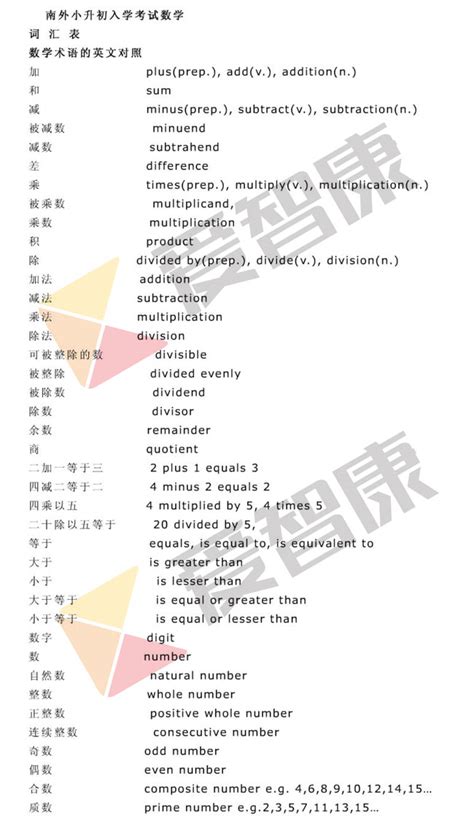Sports and mathematics may seem like two vastly different fields, but in reality, they are intricately connected. The world of sports is filled with complex mathematical concepts, calculations, and data analysis that are essential for understanding and improving athletic performance. From calculating trajectories and angles to analyzing player statistics and optimizing strategy, mathematics plays a crucial role in the world of sports.
In many sports, athletes rely on precise calculations to enhance their skills and improve their performance. For example, in basketball, players need to understand the angle and trajectory of the ball to accurately shoot and score. Golfers must consider the force, angle, and direction of their swing to hit the ball with precision. Runners need to understand the biomechanics of their movement and the optimal pace to maintain throughout a race.
Mathematical modeling and data analysis are also essential in sports. Coaches and teams use advanced analytics to evaluate player performance, predict game outcomes, and develop effective strategies. Statistics, probability, and algorithms are used to analyze vast amounts of data, from individual player statistics to team performance metrics.

The field of sports analytics has grown exponentially in recent years, with teams and organizations harnessing the power of data to gain a competitive edge. Advanced statistical models and machine learning algorithms are used to analyze player and team performance, identify patterns and trends, and make informed decisions about strategy, training, and player recruitment.
In sports like baseball and basketball, advanced metrics like wins above replacement (WAR), player efficiency rating (PER), and true shooting percentage (TS%) have become essential tools for evaluating player performance and making informed decisions. In other sports, such as soccer and tennis, analytics are used to track player movement, optimize tactics, and predict game outcomes.
The connection between sports and mathematics extends beyond the professional level. Many schools and educational programs are incorporating sportsrelated mathematics into their curriculums to engage students and demonstrate the realworld applications of mathematical concepts.
By using sportsthemed examples and problems, educators can make mathematics more relatable and engaging for students. This approach can help students better understand the practical applications of mathematics and how it can be used to analyze and improve sports performance.
The relationship between sports and mathematics is a fascinating and multifaceted one. From the calculations and data analysis that underpin athletic performance to the growing field of sports analytics, mathematics plays a vital role in the world of sports. By understanding and embracing this connection, we can gain deeper insights into the science and strategy behind our favorite sports, as well as inspire the next generation of mathematicians and sports enthusiasts.